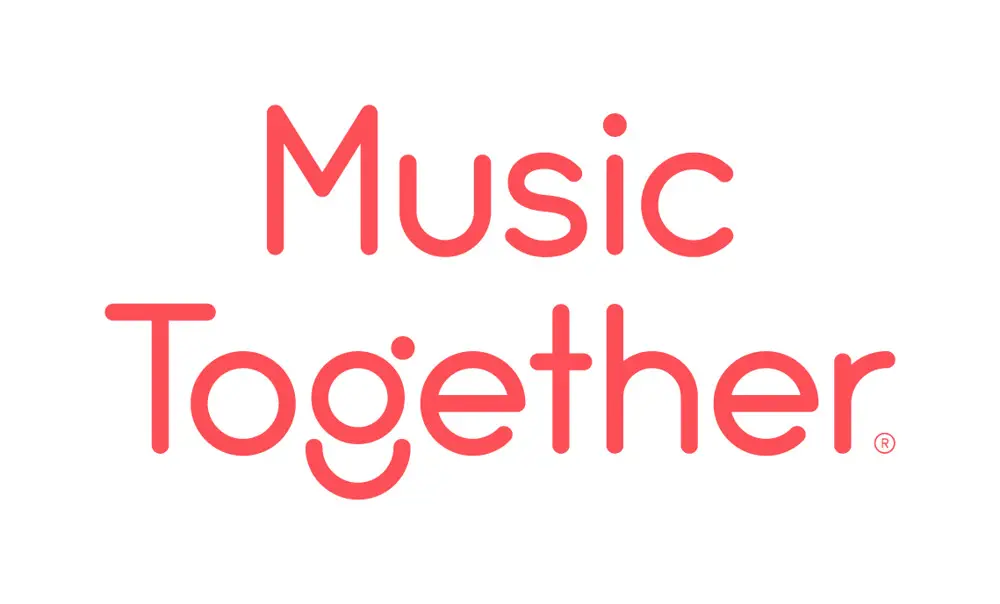More Special Needs Articles:
How to Navigate Coronavirus Hospitalization for Your Child with Special Needs
The Self-Advocacy Association of New York's new guidebook will help you understand your child with special needs' new coronavirus hospitalization righ...Latest News:
Web App Helps Kids with Special Needs Connect and Make Friends
Making Authentic Friendships is a new web app that helps kids and adults with special needs connect with people who share similar interests and abilit...Family Activities:
Have a Laugh:
Best Memes of the Week for Parents
Here are the funniest parenting memes from Instagram, Facebook, and Reddit this week.Featured Listings:

POParazzi Balloons & Event Space
Middle Village, NY POParazzi Balloons is not just about adding color to your party. It's about creating experiences and memories that will last a lifetime! We make magic...

Kumon of Queens
Kumon is the world’s largest after-school math and reading program. The Kumon Method has helped millions of children achieve more than they ever thoug...

Music Together
Since 1987, Music Together® has been introducing families around the world to the joys of music with our classes for children ages birth through seven...

Ivy Day School
Established in 2003, Ivy Day School continues to provide a fun and enriching environment to foster the early academic and social development of toddle...


